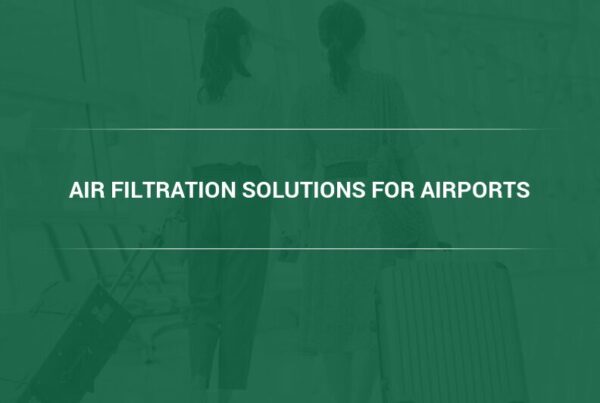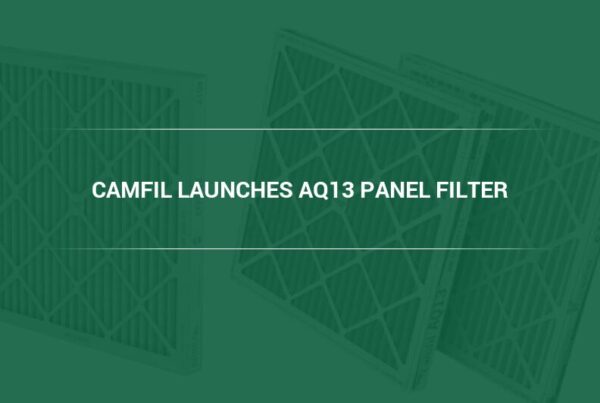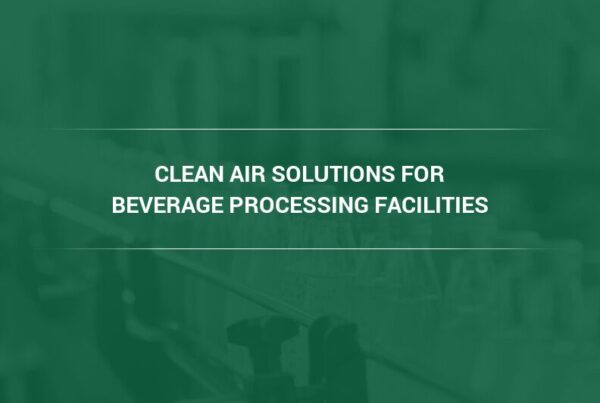The air you breathe impacts everything from your health to your ability to focus. For universities and colleges—where thousands of students, faculty, and staff spend most of their time and even live—air quality is more than just a comfort issue; it’s a key component of health, productivity, and safety.
Recent concerns about airborne pathogens and environmental pollutants have put a spotlight on the importance of air filtration. Poor air quality can exacerbate allergies, spread illnesses, and lower cognitive function, all of which can negatively affect academic performance and student satisfaction. Ensuring clean air in student housing, lecture halls, libraries, and gyms has become an essential safeguard for campus health and safety.
This guide explores the unique air filtration needs of academic environments, what to consider when choosing air filters, and the best products to ensure optimal air quality in universities and colleges.
Identifying University and College Air Quality Needs
The first step in choosing effective air filtration products is to identify air quality needs. Every university or college campus is unique, with varying building designs, spaces, and uses that create diverse air quality requirements.
High Traffic Areas
Thousands of students moving in and out of classrooms, cafeterias, and dormitories means that particulate matter (including dust, pathogens, and mold spores) is constantly being introduced into the air stream. This pollution is then moved around the space by both foot traffic and the HVAC system itself. Without adequate air filtration, these can circulate freely, impacting the health of everyone on campus.
Variety of Building Uses
Universities and colleges often contain a mix of residential buildings, laboratories, lecture halls, and shared recreational spaces. Laboratories may require highly specialized filtration systems for keeping chemical contaminants contained and protecting equipment, while solutions for removing mold and allergens from the air are a top priority for housing and libraries.
Large HVAC Systems
Many large academic buildings use centralized HVAC systems to manage airflow. These large systems require filters capable of handling substantial air volume while maintaining energy efficiency and performance.
Health and Safety Standards
Strict compliance with health, safety, and energy regulations adds another layer of consideration. Universities must balance effectiveness, cost, and regulatory compliance in their air filtration choices.
Geographical Considerations
Additional factors such as the rurality of the campus’ location, proximity to large roads or industrial facilities, and even how many students have brought their cars to school with them all impact an institution’s specific air filtration needs.
Key Factors in Choosing the Best Air Filters
To address the diverse air quality needs of colleges, facilities management and building coordinators need to evaluate several critical factors when selecting air filters:
1. Efficiency Ratings Matter
Air filters are rated on their ability to trap small particles, using the MERV (Minimum Efficiency Reporting Value) system. Ideally, universities should look for a MERV rating higher than 13, and use filters labeled with a MERV-A rating, such as MERV 13/13A. Filters with their MERV A value published indicates they will maintain that efficiency value for their entire service life.
Universities should aim for filters with a MERV-A rating between 13 and 16, as these can capture airborne particles like viruses, allergens, and bacteria without overly taxing HVAC systems.
2. Durability and Lifecycle
Frequent filter replacements can drive up costs and maintenance workload. Long-lasting filters are a smart investment, particularly for facilities with extensive HVAC systems. Ask the supplier to provide service life guarantees.
3. Energy Consumption
High-performance filters can sometimes increase energy consumption by restricting airflow. Look for options designed for energy efficiency without compromising filtration quality to reduce your campus’s carbon footprint and electricity bills. Ask the supplier to provide an energy cost analysis for the recommended filtration solution.
4. Application-Specific Needs
Filter selection should be tailored to the type of building or space and conform to local or school efficiency requirements. For example:
- Lecture Halls and Recreational Spaces: High-traffic spaces benefit most from air filters that target particulate matter with a minimum efficiency of MERV 13.
- Classrooms and Offices: Small, enclosed spaces should prioritize filters that help reduce the spread of communicable diseases with a minimum efficiency of MERV 14A.
- Student Housing: Filters that reduce allergens and mold are crucial for dormitories and housing. If the HVAC system is configured to hold air filters at least 6 inches in depth, consider a minimum of MERV 14A.
- Laboratories: Require filters capable of handling volatile or chemical contaminants, and/or filters that keep the air as pure as possible to avoid harming sensitive equipment or interfering with research results. High-efficiency filters with both particulate and molecular capabilities are a good option. HEPA filters may be required in some laboratories and research spaces.
5. Cost and Budget Considerations
Universities operate on tight budgets, so the overall expenses—initial costs, maintenance, and operational energy costs—must be considered. Request that the filter supplier provide a campus-wide total cost of ownership report.
Practical Tips for Maintaining Air Quality on Campus
Investing in the right air filters is essential, but ongoing maintenance and best practices are equally critical to ensuring long-term air quality. Here are key strategies:
- Regular Maintenance: Create a robust filter replacement schedule to maintain optimal performance.
- Monitor Air Quality: Use air quality monitors to track particulates and pollutants in real-time.
- Optimize HVAC Systems: Regularly inspect and clean your HVAC systems to maximize filtration efficiency.
- Communicate with Stakeholders: Work alongside student affairs professionals to educate staff and students about the importance of maintaining good air quality.
Recommended Air Filtration Products from Camfil
Camfil is a trusted industry leader in air filtration solutions, offering products that meet the diverse needs of universities and colleges. Here are some top picks for campus use:
- Camfil Clean Air Solutions Premium Air Filters. High-performance, energy-efficient filters designed for large-scale HVAC systems. Available with MERV ratings up to 16 for comprehensive protection.
- Durafil ES3 Filters. Ideal for dormitories and office buildings, these advanced filters offer high dust-holding capacity to reduce maintenance frequency.
- CC500 Air Purifier. A portable option for smaller rooms—great for faculty offices, meeting spaces, laboratories, or locker rooms—designed for ultra-clean air quality.
- Camfil Molecular Filtration Solutions. These products are specialized for removing chemical contaminants and odors, making them excellent for laboratories and kitchens.
Facilities managers and building coordinators can rely on Camfil to meet stringent air quality standards while keeping functionality and budget in mind.
About Camfil Clean Air Solutions
For more than half a century, Camfil has been helping people breathe cleaner air. As a leading manufacturer of premium clean air solutions, we provide commercial and industrial systems for air filtration and air pollution control that improve worker and equipment productivity, minimize energy use, and benefit human health and the environment. We firmly believe that the best solutions for our customers are the best solutions for our planet, too. That’s why every step of the way – from design to delivery and across the product life cycle – we consider the impact of what we do on people and on the world around us. Through a fresh approach to problem-solving, innovative design, precise process control, and a strong customer focus we aim to conserve more, use less and find better ways – so we can all breathe easier.
The Camfil Group is headquartered in Stockholm, Sweden, and has 30 manufacturing sites, six R&D centers, local sales offices in 35+ countries, and about 5,600 employees and growing. We proudly serve and support customers in a wide variety of industries and in communities across the world. To discover how Camfil USA can help you to protect people, processes and the environment, visit us at www.camfil.us/
##
Media Contact:
Lynne Laake
Camfil USA Air Filters
T: 888.599.6620
E: Lynne.Laake@camfil.com
F: Friend Camfil USA on Facebook
T: Follow Camfil USA on Twitter
Y: Watch Camfil Videos on YouTube
L: Follow our LinkedIn Page



